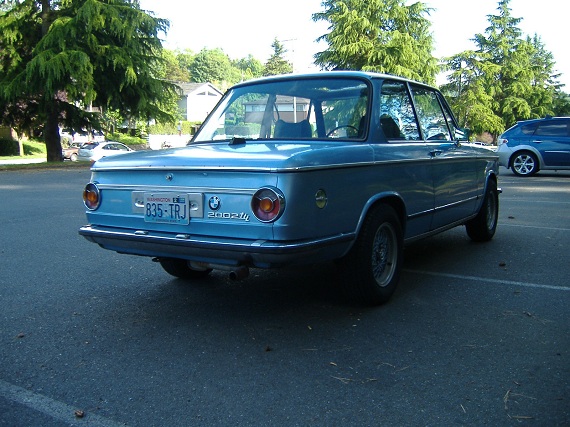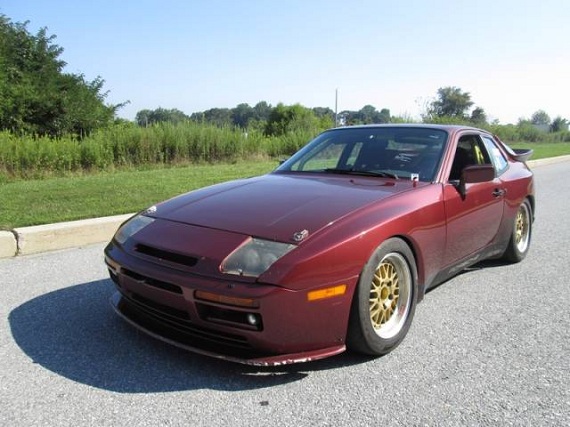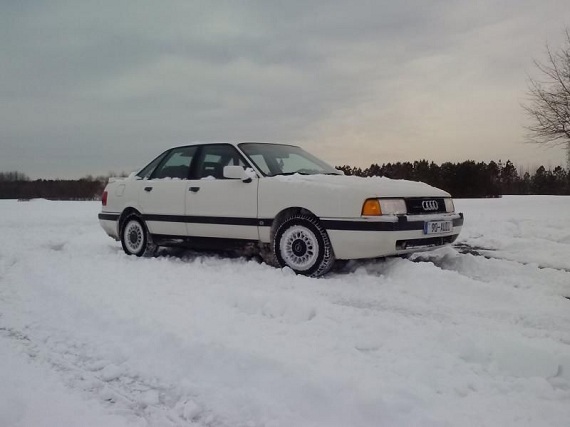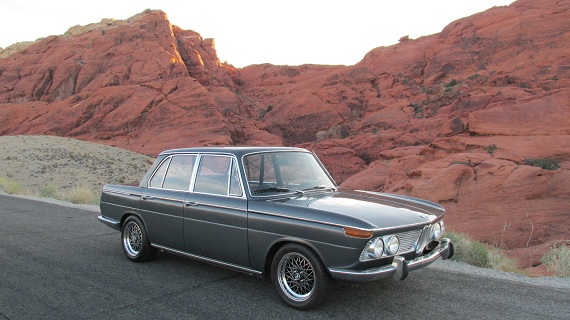The 2002 has appeal that was captured by later models in some regards, but has been lost along the way as well. It makes me chuckle a bit when I read comments regarding the 1 series (now 2 series) being a light car – well, I suppose in comparison to the 7 series, that’s likely true. However, cars like the 135i weighed in at a simply staggering 3,400 or so pounds. It makes me chuckle; BMW enthusiasts love to talk about how heavy Audis are, yet the 135i is only a few cheeseburgers and Battlestar Gallactica marathons short of a V8/S4/S6 quattro but it’s considered “light”. Now, you could argue that a hefty increase in passenger safety accounts for that weight gain, and you’d be right. And the new cars are much more luxurious, isolating, and reliable – for the average consumer, all of these things are very good improvements. But one of the hallmarks of the pre-M3 small cars was that you could drive them flat-out nearly all the time – something that you just can’t do with more modern machines. For as the spiritual successor to the 2002 – that same 135i – has gained weight and luxury, it’s also significantly faster than the 2002 ever was thanks to a twin-turbocharged inline-6. 0-60 times of even the non-M version of the 135 are faster than most pre-2005 M products (I’m slightly amazed by this, but I think it’s actually faster than everything but the V10 M5/M6). Out of the box, it will do a standing quarter mile in 13 seconds and is limited to 155 mph. Impressive? Yes. But is it really the spiritual successor of the 2002Tii, a car that you could drive with your foot to the floor, exploring the limits all the while? Not in my mind:
Tag: BBS
Long before the E36 even debuted, the Porsche 944 was deeply entrenched in the track scene. From weekend warrior autocrosses to full out Le Mans endurance racing, the 944 touched all aspects of motorsports, and in many cases won. While the roots were in a economy sports car, the 944 Turbo took well to supercar slaying – massive flares hiding brakes borrowed from its brethren and boosted performance from the all-Porsche turbocharged 2.5 inline-4. With near perfect weight distribution, these Turbos were relatively easy to drive and accepted high levels of modifications well. Into the 1990s, the continued to be favorites at track events – and today, even nearly 30 years later, they’re still potent packages capable of winning club races. Today I have three different takes on the 944 Turbo; modified but still streetable track event car, stripped and turned up club racer, and a collectable bit of Porsche racing history with a Turbo Cup car in original configuration. Which is your flavor?
CLICK FOR DETAILS: 1986 Porsche 944 Turbo on eBay
1 CommentThe 1990 Audi 90 Quattro 20V that I wrote up early last month is back up for sale, with a substantially lowered “Buy It Now” price – now only $2,800 from $4,200. Clearly the seller is motivated to move this car, but these are solid, good performing and long-lived cars that are reasonably easy to work on. Parts are a tad bit hard to come by and expensive these days, but the price makes this rare Audi compelling.
The below post originally appeared on our site May 5, 2014:
CLICK FOR DETAILS: 1990 Audi 90 Quattro 20V on eBay
1 CommentIt seems like it’s a good week for less common but tastefully modified BMWs; following yesterday’s restomod 2800CS comes a similarly setup Neue Klass model – a 1970 BMW 2000. Not generally the best remember model from this period, the Neue Klass produced some of the most legendary BMWs ever made – notably, the 2000CS and the 2002. Though the E9 is the better remembered big coupe from BMW, it was in turn heavily based upon the 2000 model. But there was also a small sedan that offered some sport with your practicality. The ultimate expression of the 2000 gained the motor more famously used in the 2-door 2002 model – the Tii. With 130 horsepower on tap, it was more than adequate to motivate the lightweight four door. In that vein and sporting some great wheels comes today’s 2000:



